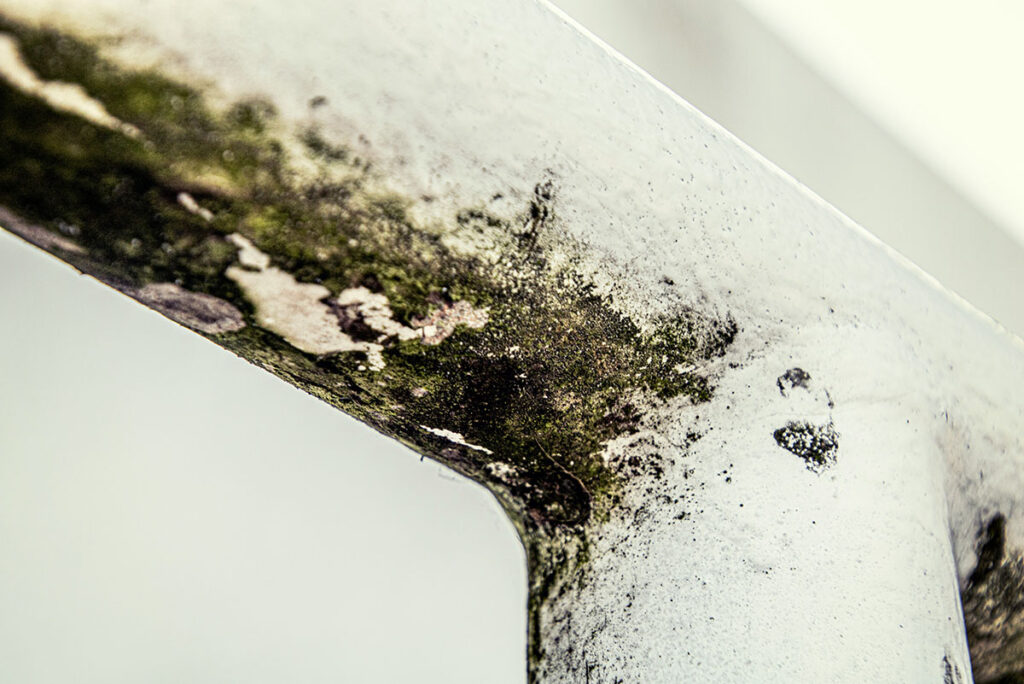EN 17141 Cleanroom Air Microbiological Testing
The EN 17141 standard is a cornerstone in the quality assurance of cleanrooms. This regulation mandates microbiological testing to ensure that the air within these controlled environments meets stringent cleanliness levels, which are critical for preventing contamination in industries such as pharmaceuticals, electronics, and biotechnology.
Cleanroom air microbiology involves the monitoring and control of airborne microorganisms in aseptic environments where even minute particles can compromise product quality or human health. The EN 17141 test specifies that air samples be taken at specific intervals to assess the presence and concentration of viable bacteria, fungi, and other aerosols.
The standard is particularly important for manufacturing processes that require sterile conditions. For instance, in pharmaceutical production, any microbial contamination can lead to product recalls or even pose health risks. In electronics fabrication, dust particles from microorganisms could interfere with circuitry, leading to costly errors or failures.
Compliance with EN 17141 ensures not only regulatory adherence but also enhances the reputation of your organization by demonstrating a commitment to quality and safety. This is especially pertinent for companies dealing with sensitive materials that are prone to spoilage from microbial activity.
The testing process involves several key steps. Initially, air samples are collected using specialized sampling devices in accordance with the standard's specifications. These samples are then analyzed using microbiological methods such as agar plate culture, which allows for the enumeration and identification of airborne microorganisms.
Once the samples have been processed, the results must be reported according to EN 17141 guidelines. This includes details on the types of microorganisms detected, their concentration levels, and whether these fall within acceptable limits. The report should also provide recommendations for corrective actions if necessary.
| Sampling Points | Frequency | Type of Microorganism |
|---|---|---|
| At entrance, workstations, and exit points | Daily during production; monthly between productions | Bacteria, fungi, molds |
| After cleaning and before re-entry into service | Weekly | Bacteria, fungi, molds |
| Critical Control Parameters | Acceptance Criteria |
|---|---|
| Viable bacteria cfu/m3 | <10 cfu/m3 |
| Fungi cfu/m3 | <5 cfu/m3 |
Why It Matters
The significance of EN 17141 microbiological testing cannot be overstated, especially in industries where product quality and human health are paramount. By ensuring that the air within cleanrooms adheres to strict cleanliness levels, this test helps prevent contamination that could lead to failures or recalls.
For pharmaceutical companies, for example, any contamination can result in significant financial losses due to product recalls, as well as potential legal ramifications. In electronics manufacturing, even small particles of microorganisms can disrupt delicate circuits, leading to costly production delays and errors.
The test also contributes to the overall safety culture within an organization. By identifying and addressing potential sources of contamination early on, companies can prevent issues that might otherwise lead to more severe problems down the line.
Moreover, compliance with EN 17141 is often a prerequisite for certification and accreditation in various industries. This not only enhances your company’s reputation but also opens up new market opportunities by demonstrating a commitment to quality and safety standards.
Scope and Methodology
The scope of EN 17141 includes the microbiological testing of air in cleanrooms, which are classified into different classes based on their cleanliness levels. The standard applies to all facilities where aseptic processes take place or where products are manufactured under controlled conditions.
- Sampling Devices: These must meet specific requirements set forth by the standard, including the ability to capture both viable and non-viable particles.
- Sample Collection: Samples should be collected at predetermined intervals from various points within the cleanroom, including entrance and exit points, workstations, and other relevant areas.
- Analysis: The samples are analyzed using microbiological methods such as agar plate culture to enumerate and identify airborne microorganisms.
- Reporting: Results must be reported in accordance with the standard's guidelines, providing details on types of microorganisms detected, their concentrations, and whether these fall within acceptable limits.
The methodology ensures that all aspects of the testing process are conducted rigorously, thereby guaranteeing accurate and reliable results. This is crucial for maintaining the integrity of products manufactured in cleanroom environments.
Why Choose This Test
- Regulatory Compliance: Ensures adherence to international standards like EN 17141, which are essential for regulatory compliance and accreditation.
- Risk Mitigation: Helps identify potential sources of contamination early on, thus mitigating risks associated with product quality and safety.
- Quality Assurance: Provides assurance that the air within cleanrooms meets strict cleanliness levels, thereby enhancing overall product quality.
- Certification Opportunities: Supports certification and accreditation in various industries, opening up new market opportunities.
- Reputation Enhancement: Demonstrates a commitment to quality and safety standards, enhancing your company’s reputation.
- Economic Benefits: Prevents costly issues such as product recalls or production delays due to contamination.





